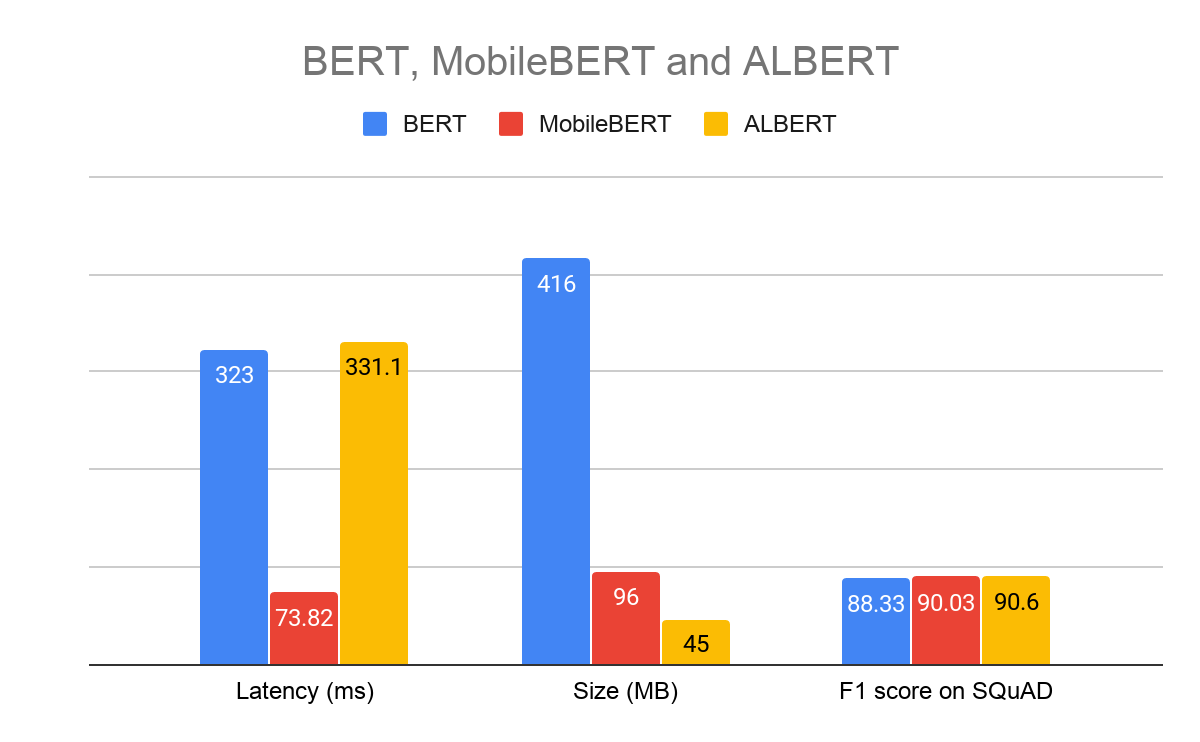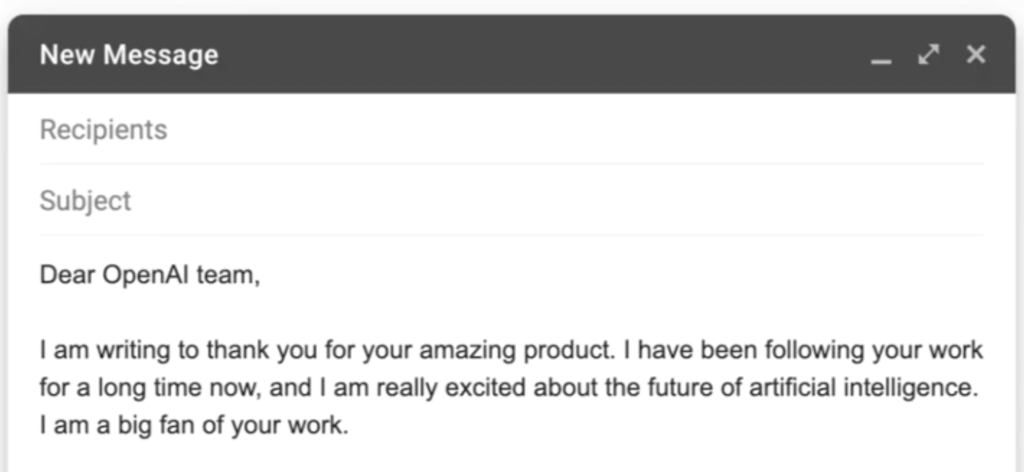
How to Give Your Users Superpowers
Application Programming Interfaces, or APIs, thrive and give companies an edge for focusing on very specific issues. While the pattern has been around sind the early 2000s, the ecosystem only started to develop this rapidly recently.
Only to make an example, Twilio started their service as an API only offering. The problem the company solves is basically notification. On all channels, mainly texting and calling. Which by itself is pretty complex, compared to what the involving party actually wants to achieve. Twilio is wrapping this functionality to allow their customers take advantage of telecommunication.
Grace Isford made an effort to classify vendors in the market, that follow similar patterns. The criteria for the selection in his chart are:
- The product reduces complexity
- The company provides Business Critical Functionality
- It takes advantage of a technological shift
- And finally a community factor
The entire sector is currently exploding and it’s difficult to keep track. Specialised services, consumable through Web-APIs become a commodity for at least developers. Grace Isfords chart gives a good overview of the current situation, along with some criteria to consider the offering.




